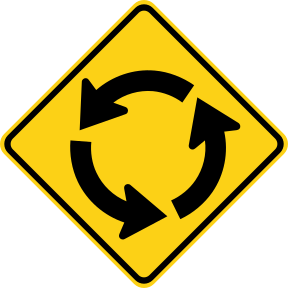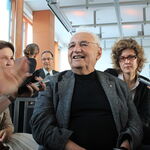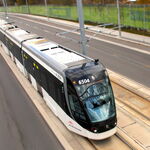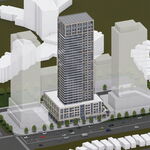reaperexpress
Senior Member
I've noticed a couple instances of non-standard signs in Toronto. They're in the European style of a blue circle with white symbols, instead of the North American style of a yellow diamond with black symbols.
Here's a picture I took of one of the roundabouts on Yeomans Road in North York:

The standard sign would look like this:

Here is a sign at Harbord St. and Tower Rd. It is the European "bicycles only" sign. That is amusing, because it means cars aren't allowed on Harbord.

Signs that would make more sense include the "Caution, bicycles" sign,

or a Toronto Bicycle Route sign.
How did these signs get there? I actually prefer the European style, but I wonder who decided to use it.
Also, does anyone know of other examples of European-style signs in the city?
Here's a picture I took of one of the roundabouts on Yeomans Road in North York:

The standard sign would look like this:

Here is a sign at Harbord St. and Tower Rd. It is the European "bicycles only" sign. That is amusing, because it means cars aren't allowed on Harbord.

Signs that would make more sense include the "Caution, bicycles" sign,

or a Toronto Bicycle Route sign.
How did these signs get there? I actually prefer the European style, but I wonder who decided to use it.
Also, does anyone know of other examples of European-style signs in the city?
Last edited:





